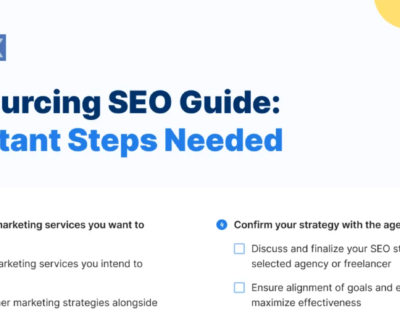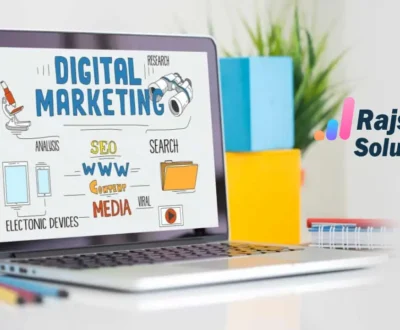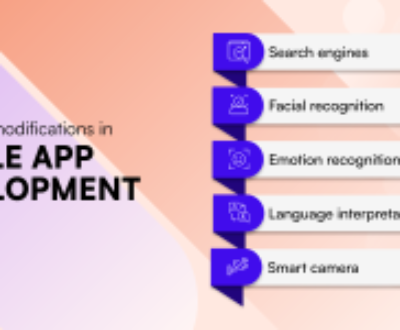Prime Big Deals Day 2024
- September 22, 2024
- Blog
Prime Big Deals Day has evolved into a major event for both Amazon and the broader ecommerce industry, marking a significant shift in consumer buying behavior. In 2023, Prime Day achieved unprecedented success, as Amazon reported its biggest sales event ever in July, hitting a staggering $14.2 billion in ecommerce spend, reflecting an impressive +11% year-over-year (YoY) growth.
These numbers are a testament to the growing significance of Prime Day 2 in the retail calendar. In addition to record-breaking revenue, the number of items sold also reached new heights, further highlighting the sheer scale of the event. The focus now shifts to the upcoming October promo season, where brands and retailers are presented with a valuable opportunity to amplify their Q4 success, particularly as the holiday shopping period kicks off earlier each year.
Why Early Promos Matter: Jump-Starting Q4
As October Prime Day performance continues to grow YoY, so does its influence on consumer spending patterns for the rest of the year. Traditionally, the holiday shopping season would begin in late November with Black Friday and Cyber Monday, but thanks to Prime Day 2, many shoppers are starting their holiday shopping much earlier. For brands and retailers, this means it’s essential to take full advantage of early promotional events like PD2 and the October sales period to drive revenue and build momentum ahead of Q4.
“Customers acquired in October typically have a higher LTV as most customers who make a second purchase do so within 45 days after their first purchase (around BFCM).” – Ben Dutter, Chief Strategy Officer
According to a 2022 survey by Adobe, 31% of consumers started their holiday shopping earlier than usual due to concerns about inflation and supply chain disruptions . This trend continued in 2023, with many customers taking advantage of October Prime Day’s discounts to secure deals on holiday gifts months in advance. For brands, this behavior creates opportunities to implement targeted marketing strategies designed to capture both early shoppers and those looking for deals closer to the holiday season.
Maximizing Amazon Revenue During Prime Day
Here are several ways that brands can maximize their revenue on Amazon during Prime Day 2 and beyond:
1. Bookend Discounts to Build Momentum
A strategy that has proven successful for many brands is to run promotions both before and after October Prime Day. Launching a smaller discount in the days leading up to Prime Day 2 can entice early shoppers to make purchases while building excitement and anticipation for the main event. This early momentum can help drive higher conversion rates on PD2 itself. On the flip side, running a post-event promotion can capture those late shoppers who missed out on the day’s best deals but are still eager to find discounts.
In fact, post-event promotions can be highly effective in sustaining engagement and sales momentum well after PD2 has ended. According to a report by Retail Dive, nearly 38% of shoppers who missed out on Prime Day deals were still actively searching for discounts in the weeks following the event. This offers brands an opportunity to extend their promotional period and drive additional revenue.
2. Leverag Amazon DSP for Lead-In Strategies
Amazon’s Demand Side Platform (DSP) is a powerful tool that allows brands to reach highly targeted audiences before Prime Day even begins. By building awareness with DSP ads prior to October Prime Day, brands can create a strong presence that drives traffic during the event. While the return on ad spend (ROAS) for awareness-focused DSP campaigns might be lower during this pre-promo period, the increased visibility pays off when shoppers are ready to make purchases on Prime Day 2.
According to eMarketer, 74% of consumers start researching products online before making a purchase , which underscores the importance of building brand awareness well in advance of Prime Day. A comprehensive DSP strategy can help brands stay top-of-mind for shoppers as they plan their purchases.
Though Black Friday is often the flagship event for eCommerce brands, Prime Big Deal Days marks the true start of the holiday season. Waiting until October to launch your awareness and lead-in strategy may leave you a step behind.
– Katie Davis, Director of Retail Marketing
3. New AMC Audiences and Personalized Promotions
Amazon Marketing Cloud (AMC) offers brands new capabilities to maximize their revenue through personalized promotions and tailored audience segments. By leveraging AMC’s audience-building tools, brands can create bespoke audience profiles based on past purchase behavior, browsing habits, and demographic information. This level of granularity allows brands to run more effective promotions that resonate with specific customer segments.
In addition to audience targeting, brands can also take advantage of Amazon’s targeted coupon offerings to further boost sales. According to Amazon, targeted coupons increase conversion rates by 22% on average. This is an effective way to sustain sales momentum while maintaining a cost-efficient promotional strategy.
4. On and Off Amazon: A Balanced Strategy
While Amazon offers unmatched reach and scale, it’s important for brands to consider their direct-to-consumer (DTC) strategies as well. A holistic approach that combines on-Amazon and off-Amazon planning can help brands avoid common issues like losing the Buy Box or running into promo-related complications. Brands can tie in their DTC efforts with their Amazon campaigns by offering exclusive discounts, bundling offers, or running complementary promotions on their own ecommerce platforms.
“Each year, October’s Prime Event sees shoppers spending more, while competition intensifies. Relying solely on aggressive Amazon Sponsored Ads can result in underwhelming outcomes. Leading brands go beyond this, utilizing the full spectrum of Amazon Ads tools and integrating all channels into a unified PBDD strategy for optimal success.”
– Joe Selzer, Managing Director of Retail Marketing
Key Growth Industries on Amazon
Certain industries continue to experience exceptional growth on Amazon, driven in large part by increased consumer demand during events like Prime Day. According to a recent eMarketer report, the following categories have seen significant year-over-year growth:
- Beauty & Personal Care: +88% YoY growth
- Health & Household: +85% YoY growth
- Sports & Outdoors: +62% YoY growth
These industries represent high-growth opportunities for brands looking to capitalize on Prime Day traffic. As more consumers turn to Amazon for their beauty, health, and fitness needs, brands in these sectors can expect strong performance during October Prime Day and beyond.
The Power of Prime Day for Brands
For brands working with agencies like Power Digital, Prime Big Deals Day is an opportunity to drive revenue growth far beyond Amazon’s average benchmarks. Last Prime Day, Power Digital’s managed brands experienced an average revenue growth of 44%, compared to the eMarketer benchmark of +5.5% for Amazon overall . This success underscores the value of a well-executed October Prime Day strategy that combines data-driven insights, strategic planning, and targeted promotions.
It’s clear that PD2 has transformed from a bi-annual shopping event to a critical component of the holiday season and a driver of Q4 success for brands and retailers. By taking advantage of early promotions, leveraging Amazon’s powerful advertising tools, and targeting key growth industries, brands can maximize their revenue and build momentum that lasts throughout the holiday season. As the ecommerce landscape continues to evolve, October Prime Day will remain a key opportunity for brands to connect with consumers, boost sales, and stay ahead of the competition.
About us and this blog
We are a digital marketing company with a focus on helping our customers achieve great results across several key areas.
Request a free quote
We offer professional SEO services that help websites increase their organic search score drastically in order to compete for the highest rankings even when it comes to highly competitive keywords.








